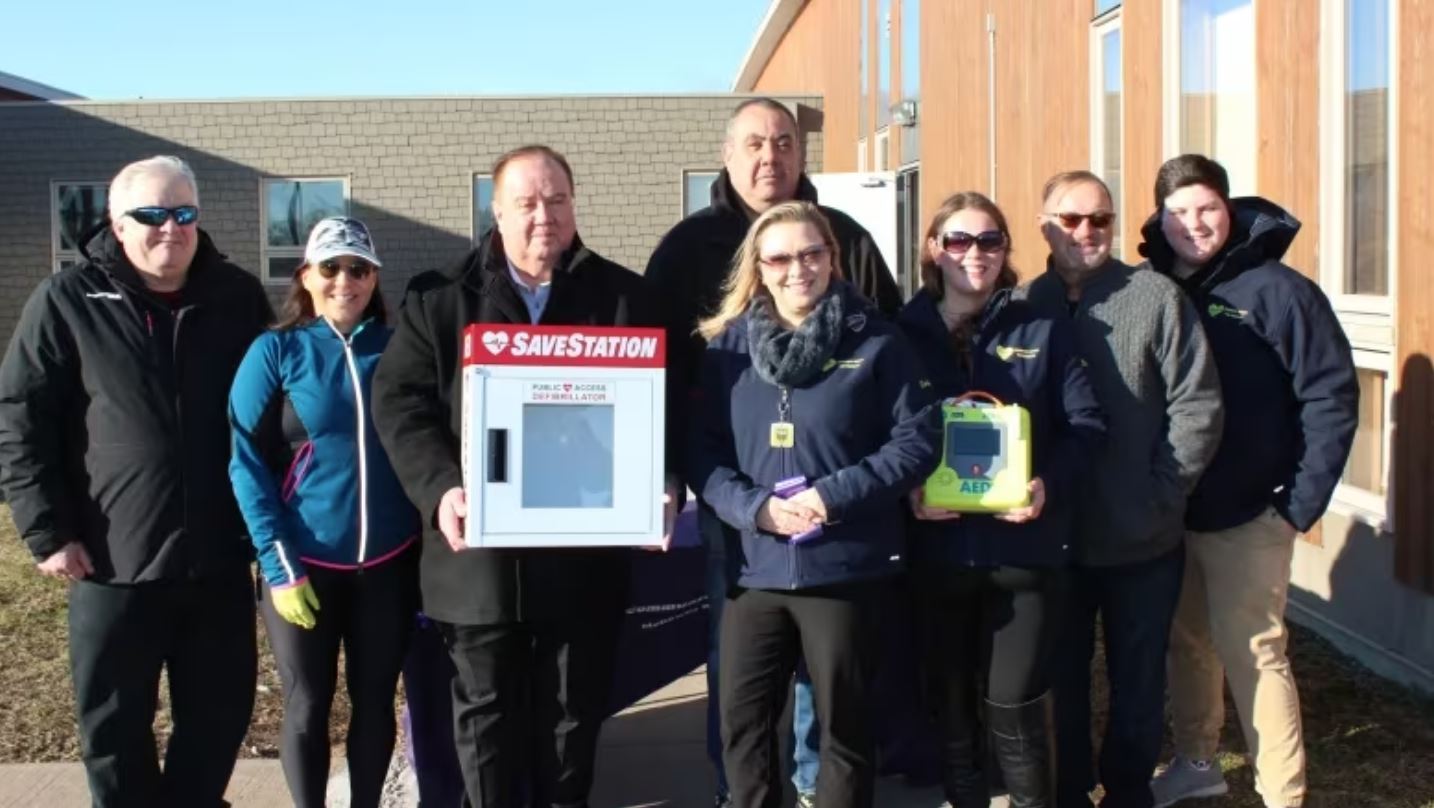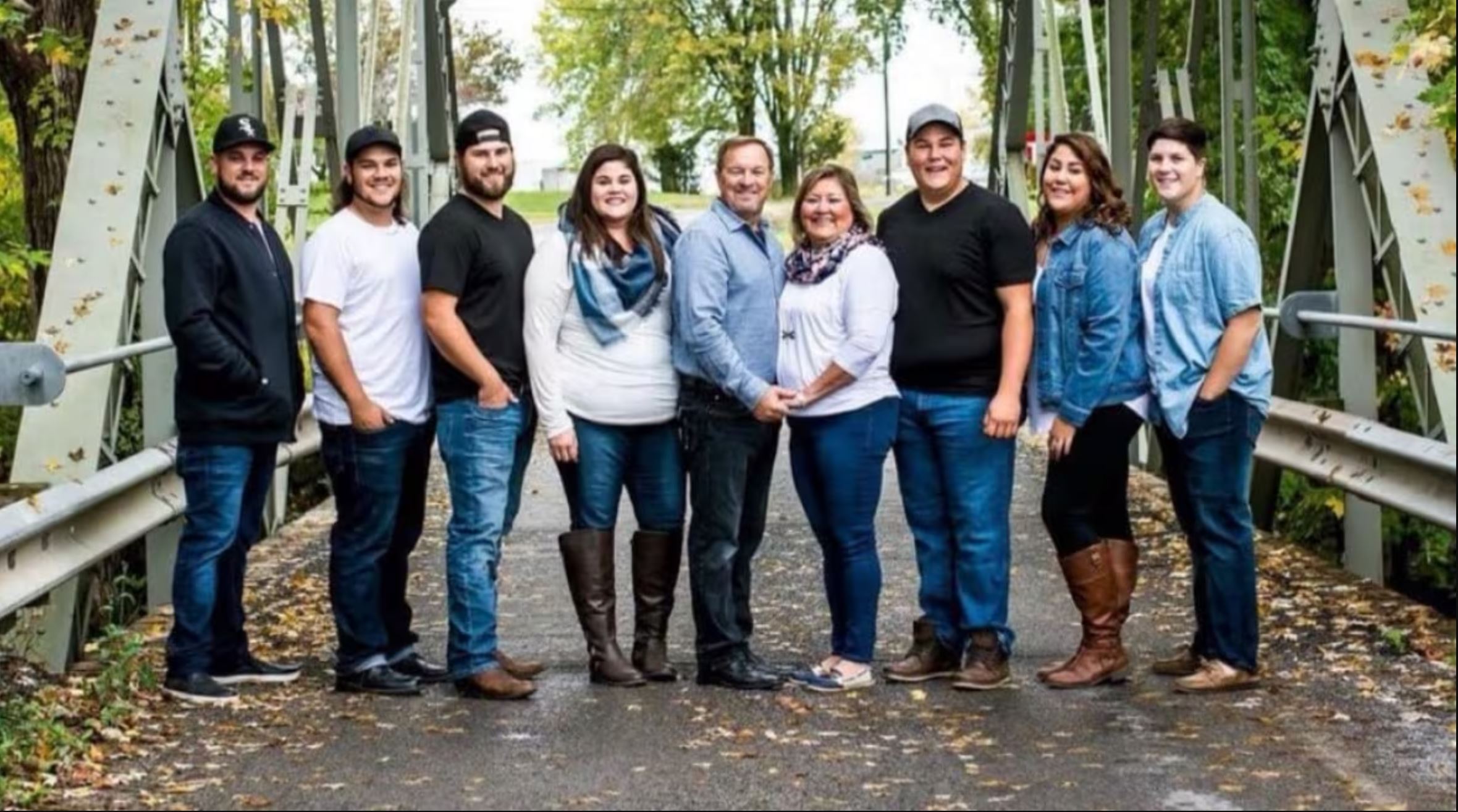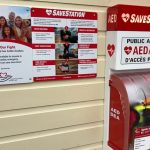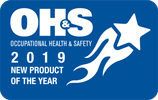
Source: CBC
Don Brinklow was facing down a breakaway at the Deseronto, Ont., arena when he felt a “little flick” in his chest.
It was September 2014 and he was playing goalie in a hockey game between two area fire departments.
Brinklow said he was later told he collapsed, making a spectacular “TSN moment” save as he fell. He has no memory of the save, though, because he had suffered a heart attack.
Luckily there were firefighters on the ice who knew CPR and used an arena defibrillator.
The now 62-year-old said it was on his chest within three minutes.
“I was gone for 17 minutes before they got me back,” Brinklow said. “They hit me seven times with the defibrillator.”

A 4-minute drive away
Eight years and a heart transplant later, he’s volunteering as part of the team working to bring dozens of defibrillators to Tyendinaga Mohawk Territory in order to make it Canada’s first SaveStation Heart Safe Community.
That means installing automated, external defibrillators throughout the area so residents are always within a four-minute drive.
Brinklow credits the quick response time with saving his life that day at the rink, but the average response time for Hastings County Paramedics to reach the territory was just under 16 minutes in 2022, according to Mohawks of the Bay of Quinte.
Chief Donald Maracle said the first four minutes are “critical” for surviving cardiac arrest.
“Every minute matters after that,” he added during an interview with CBC Radio’s All In A Day host Alan Neal.
“Of course, the longer the treatment is delayed, the higher the risk of not surviving at all or having complications from it.”
With that countdown in mind, the community is working toward a goal of installing 33 defibrillators.
Twelve are currently in place. Maracle said it costs about $2,000 for a defibrillator, but that price tag goes up based on the type of cabinet needed to store it. COVID-19 surplus funding is paying for the project, he added.
Read more on CBC.ca


